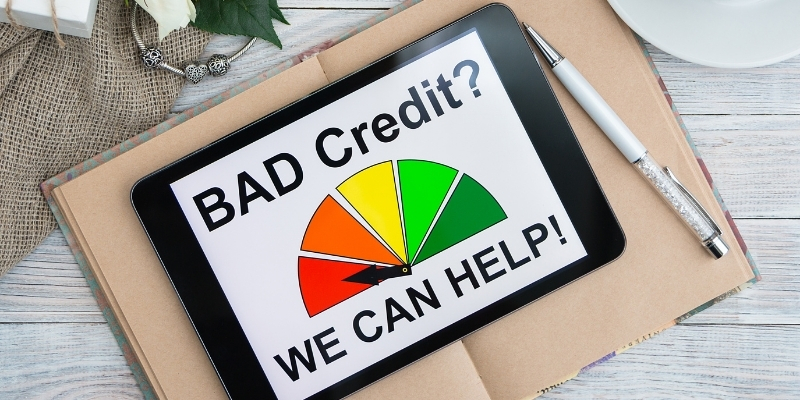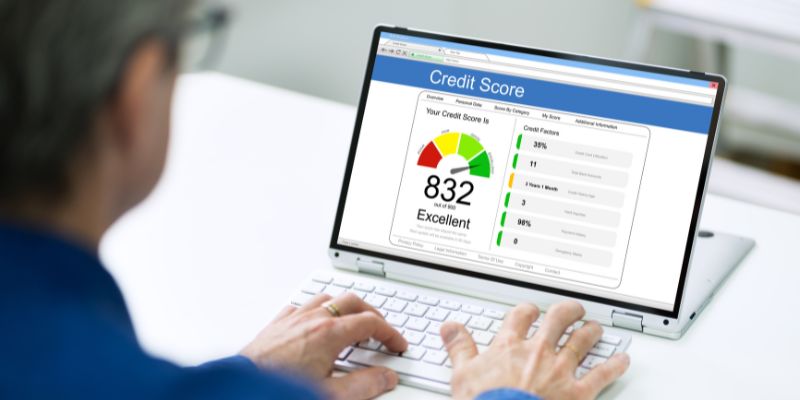Bankruptcy can feel like hitting the reset button on your financial life — but instead of being the end of the road, it can be the start of a new journey. While the process wipes out overwhelming debt, it can also significantly impact your credit score, making it harder to secure loans, credit cards, or even housing in the short term.
The good news? Your credit history is not permanent, and your financial future is far from over. With the right strategies, patience, and discipline, you can restore your credit and rebuild trust with lenders. Many people have successfully bounced back from bankruptcy, achieving not only better credit but also greater financial stability than before.
In this guide, we’ll walk you through six actionable steps to restore your credit after bankruptcy — from understanding your credit report to adopting smart money habits that set you up for long-term success.
Understand Your Credit Report and Bankruptcy Impact
The first step toward restoration is knowing exactly where you stand.
How Bankruptcy Affects Your Credit
- A Chapter 7 bankruptcy can remain on your credit report for up to 10 years.
- A Chapter 13 bankruptcy typically stays for 7 years.
- While the filing itself is a major negative mark, the impact lessens over time as you establish positive credit activity.
Get Your Credit Reports
- Request a free copy from the three major credit bureaus: Equifax, Experian, and TransUnion.
- Review them for accuracy — sometimes discharged debts are mistakenly reported as active or delinquent.
Dispute Errors Immediately
If you find:
- Accounts that should be marked as “included in bankruptcy” but aren’t
- Incorrect balances
- Duplicate listings
… file disputes with each bureau. Correcting these errors can give your score a small but important boost.
Create a Realistic Post-Bankruptcy Budget
Your budget will be the foundation for your credit restoration.
Why a Budget Matters
Without a solid plan, it’s easy to fall back into debt. Bankruptcy gives you a second chance — don’t waste it.
Steps to Build Your Budget
- Calculate net income — account for taxes, insurance, and other deductions.
- List fixed expenses — rent/mortgage, utilities, transportation.
- Add variable costs — groceries, personal spending, entertainment.
- Allocate debt repayment — if you still have remaining obligations like student loans.
Start Small with New Credit Tools
The biggest challenge after bankruptcy is reestablishing a positive payment history.
Options to Rebuild Credit
- Secured Credit Cards
Requires a deposit. Use it for small purchases and pay in full each month. - Credit Builder Loans
Offered by some banks and credit unions. You make fixed payments, and the funds are released to you at the end of the term. - Authorized User Status
Ask a trusted family member or friend with good credit to add you to their card. Their positive history can help improve your score.
Golden Rule: Never max out your credit limit. Keep credit utilization below 30% — ideally under 10%.
Pay Every Bill on Time — No Exceptions
Payment history makes up 35% of your credit score.
Why Timely Payments Matter
Even one late payment can drop your score significantly, especially when you’re in the rebuilding phase.
How to Stay on Track
- Set up automatic payments for utilities, loans, and credit cards.
- Use calendar reminders or payment apps.
- If you can’t pay in full, at least make the minimum payment to avoid delinquencies.
Pro Tip: Consistently paying on time for 12–18 months can lead to noticeable score improvements.
Monitor Your Progress and Guard Against Setbacks
Restoring your credit isn’t a one-time effort — it’s ongoing.
Track Your Credit Score
- Use free services like Credit Karma, Credit Sesame, or your bank’s credit monitoring feature.
- Review your credit report every 4–6 months to ensure accuracy.
Avoid Common Pitfalls
- Applying for too many credit accounts at once (each application can cause a small score drop).
- Falling for predatory “credit repair” companies that promise instant results.
- Ignoring your budget and letting expenses creep up.
Protect Yourself from Fraud
Post-bankruptcy, your credit profile may be more vulnerable. Consider:
- Fraud alerts or credit freezes.
- Strong passwords for financial accounts.
- Monitoring for unusual account activity.
Build Long-Term Financial Habits for a Stronger Future
Restoring your credit is about more than just numbers — it’s about building a healthier relationship with money.
Essential Habits
- Live Below Your Means
Spend less than you earn and save the rest. - Increase Your Income
Side hustles, skill-building, or asking for a raise can boost your financial flexibility. - Grow an Emergency Fund
Aim for 3–6 months of expenses to avoid relying on credit during emergencies. - Diversify Your Credit Mix
Over time, responsibly add installment loans or other credit types to strengthen your profile.
Conclusion
Bankruptcy may leave a dent in your credit history, but it doesn’t define your financial future. With patience, persistence, and the right plan, you can restore your credit and achieve financial freedom again.
By understanding your credit report, creating a budget, rebuilding credit responsibly, and maintaining consistent payment habits, you’ll steadily climb toward a healthier score. In time, lenders, landlords, and even employers will see you as the financially reliable person you’ve worked hard to become.
At High Class Consulting, we believe every setback is an opportunity for a stronger comeback. Start today, take small steps, and watch your credit — and your confidence — rise.






